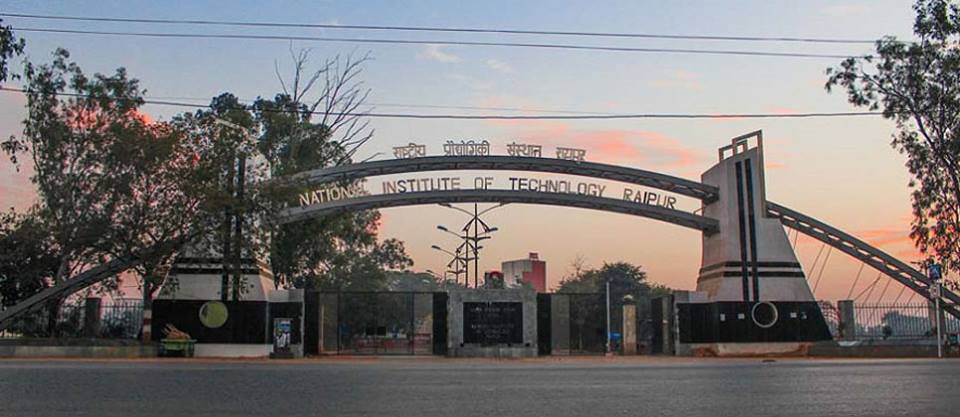Kharagpur, India: In a recent study by IIT Kharagpur in collaboration with the International Crops Research Institute of Semi-Arid Tropics (ICRISAT), Hyderabad, has developed and validated the efficiency of Diffuse Reflectance Spectroscopy (DRS) models for high throughput soil analysis for impact at scale in smallholder systems.
Years of research at the Agricultural and Food Engineering (AgFE) Department of the Indian Institute of Technology (IIT) Kharagpur shows that Diffuse Reflectance Spectroscopy (DRS) may be used safely for rapid soil assessment. Conventional soil testing laboratories use wet chemistry-based soil testing methods that are time consuming and can become expensive when a large number of samples to be analysed. On the other hand, spectral reflectance of a soil sample can be rapidly measured in a non-contact mode and the results can be transformed to multiple soil parameters using calibrated spectral algorithms. Once the Diffused Reflectance Spectroscopy (DRS) algorithms are developed for a region, the algorithms may be used for analysing soil samples collected from different fields and at different time of sampling. The technology is rapid, non-invasive and involves no chemical use, for estimating multiple soil parameters.
The DRS approach was shown to be effective for estimating 8 out of 17 soil parameters with as high as 80% accuracy. Specifically, the soil test crop response (STCR) ratings estimated through the DRS approach matched the wet chemistry-based STCR ratings to the tune of 43 to 100%. “This is a great opportunity because most nutrient management strategies are based on STCR ratings and these ratings may be safely estimated using the DRS approach in a very rapid manner,” says Professor B. S. Das from IIT Kharagpur. More than 60% of the new samples estimated with more than 70% accuracy indicates a huge opportunity to apply the DRS technique at different spatial and temporal scales. The partnership with ICRISAT has been very productive in developing these innovative methods for rapid soil health assessment, Prof Das further added.
“ICRISAT has been at the forefront of global efforts to advance sensor-based technologies,” says Dr. Jacqueline Hughes, Director General of ICRISAT. “Our recent work with NIRS-based spectroscopy for soil nutrient analysis, along with this pioneering research towards DRS models for soil analysis, ensures our commitment to deliver rapid and cost-effective alternatives to resource-poor agriculture systems.”
This is a step forward in making soil testing a feasibility through remote sensing. As the IEEE Standards Association embarks on standardizing soil spectroscopy as a standard method of soil testing (P4005 – Standards and protocols for soil spectroscopy), the efforts at IIT Kharagpur is a step forward in making soil testing through reflectance spectroscopy a reality. Developing methods for rapid soil testing for the benefit of millions of smallholder farmers of our country resonates well with IIT Kharagpur’s long commitment for low cost soil analysis for improved agricultural practices.








